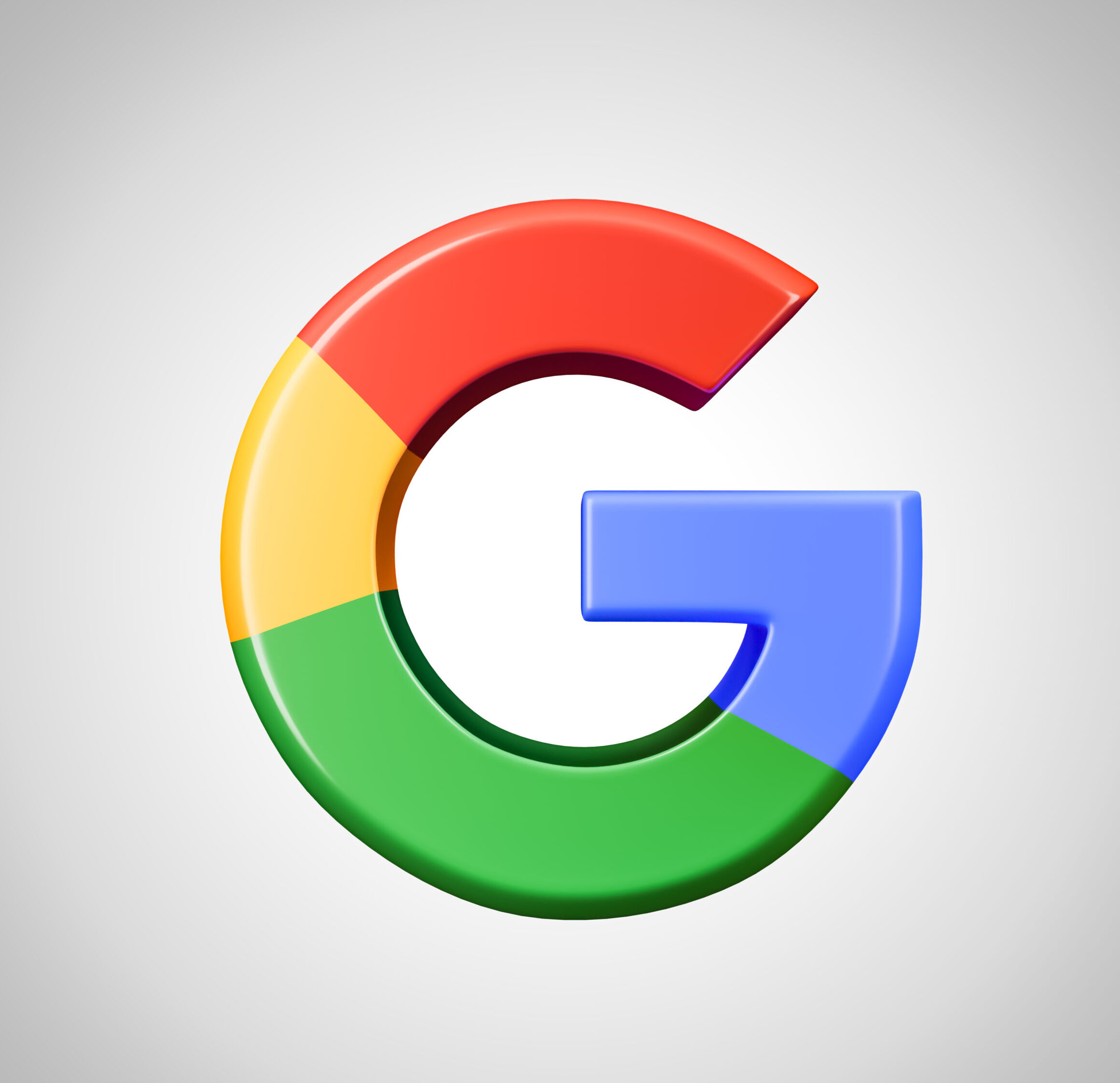If you are wondering about using dynamic ads in your advertising campaign and are not much aware of its benefits and working then this blog post will definitely help you to understand the concept behind using dynamic ads as your marketing strategy.
Contents
Dynamic Ads: Overview
Dynamic advertising, or “programmatic advertising”, is a form of display advertising used by marketers to deliver highly personalized messages to specific audiences
Dynamic ads are a type of advertising which uses a sophisticated targeting technique to display different ads to different customers. They are enabled by a combination of data collection, machine learning, and advanced segmentation technology to provide each consumer with unique and personalized experiences.
The way dynamic ads work is simple yet powerful. As users online browse the web, the mechanism within the ad platform tracks their interests, including the type of products and services they view. As a result, they can be presented with ads or offers tailored to their specific wants and needs.
What are Google’s Dynamic Ads?
Google’s Dynamic Ads are a powerful marketing tool that makes it easier and more efficient to promote your products, services, or brand. They are designed to keep up with the targeted audience’s interests by displaying relevant ad content related to their browsing activity or search history.
They use automation technologies to match customer data like demographics, location, and past search habits with retargeting ads that will be most effective in reaching those customers. So if you want to target users who have shown an interest in your product before, Google’s dynamic ads are an excellent way for you to reach them again.
Are Dynamic Ad Beneficial?
Dynamic ads offer businesses many advantages, from greater flexibility and cost-savings to improved tracking and better insights. Marketers must take full advantage of this powerful tool to increase engagement, drive conversions, and get the most out of their campaigns.
1- Dynamic ads allow marketers to create targeted campaigns that meet the specific needs of the consumer. This allows marketers to be more targeted with the content they are advertising and to create more effective campaigns. By segmenting their ads, businesses can target more tailored audiences, resulting in better conversions and higher ROI.
2- Dynamic ads are a cost-effective way to create campaigns. They require significantly fewer resources than traditional advertising methods, such as buying media impressions or paying influencers. As such, they can be a great way for businesses to save on advertising costs.
3- In addition to cost savings, dynamic ads also offer increased flexibility when creating campaigns. Marketers can tailor their ads to a variety of parameters, such as audience demographics, interests, location, and more. Through dynamic ads, businesses can optimize their messages, images, and videos to better engage their target audience. Furthermore, dynamic ad can be scheduled to run at various times of the day to target different audiences and maximize exposure.
4- Dynamic ads also provide businesses with the ability to track the performance of their campaigns in real-time. Through the use of analytics and reporting tools, marketers can track the success of their campaigns in order to identify areas of improvement and make adjustments on the fly. This gives them the ability to quickly respond to market changes and optimize their campaigns for maximum exposure.
5- Dynamic ads also offer business insights that can be used to shape future campaigns. Marketers can use analytics to identify what types of content are resonating with their audiences, how long people are engaging with their ads, and how often ads are being clicked on. This information can be used to develop campaigns that are more effective in the future.
How to Set Up Dynamic Ads
1- Determine target audience- Setting up dynamic ads is actually much easier than it may sound. The process begins by determining your target audience. You must establish the demographic profile of your ideal customer. This can include age, gender, geography, interests, and more.
2- Identify digital channels- Once you have identified the key characteristics of your target audience, you will need to determine the best approach for reaching them. This means researching the best types of digital channels such as native, display, video, and social media to ensure that your message will reach the right people.
3- Design advertisement- Once you have identified the best channels for reaching your target audience, the next step is to design the actual advertisements. You must create ads that are relevant to your customer’s interests and needs. Ask yourself how you can personalize the ad in a way that speaks to a particular individual or audience segment. This could include using customer data to create tailored ads, such as images that match the user’s interests and preferences. You may also want to consider using “lookalike” audiences, which allows you to target people who are similar to existing customers.
4- Set bidding strategy- The next step of setting up dynamic ads involves setting up a bidding strategy. This is where you determine how much you’re willing to pay for impressions, clicks, and more. Here, it’s important to use data from previous campaigns to ensure that you’re finding the best return on your investment.
5- Set Up campaign- The last step is to set up the campaign. This involves selecting the dynamic ad formats, keywords, and budget that best fit your desired criteria. In addition, you must create the ad itself. Once you have set up the campaign and created the ad, you can launch the dynamic ad and begin to track its performance. It’s important to monitor the progress of your dynamic ads in order to make any necessary changes in order to achieve the best return on investment.
Getting Started with Dynamic Ad
Dynamic Ads are gaining increasing popularity due to their ability to provide a customized and personalized experience for customers. By leveraging customer data, Dynamic Ads can serve adverts tailored to specific user interests. These ads can be used for a variety of purposes, such as retargeting previous visitors, increasing brand awareness, and driving traffic to your website. However, if you want to maximize the effectiveness of Dynamic Ads, there are certain optimization tips you should follow.
1- Target existing users- You should focus your Dynamic Ads on users who have previously interacted with your business. By targeting these users, you can increase the likelihood of them responding to your ad. You can also personalize the ad content by using data collected from their previous interactions, such as the products they have viewed or the amount of time spent on your websites. This allows you to create an ad that is more likely to resonate with the user.
2- Keep ads up-to-date- You should take advantage of Dynamic Ads’ ability to update in real-time. By constantly monitoring the performance of your ads and making necessary changes, you can ensure that your ads are always up-to-date and relevant. Furthermore, you should diversify your Dynamic Ad by leveraging multiple platforms such as Facebook, Google Ads, and even print media. This will ensure that your ads reach a wider audience and maximize your ROI.
3- Analysing before launching- You should test your Dynamic Ads before launching them. Testing different ad variations can help you determine which version performs better with your target audience. This can help you create more effective Dynamic Ads by giving you insights into what works and what doesn’t work.
4- Track the performance- You should track the performance of your Dynamic Ads and make adjustments as needed. This will allow you to refine your Dynamic Ad to ensure that they are always delivering the best possible results for your business. You can track various metrics such as click-through rates, pay-per-click (PPC), and conversion rates to gauge the success of your Dynamic Ads.
By following these tips, you will be able to maximize the effectiveness of Dynamic Ads and ensure that you get the best return on your investment. With the right strategies, you can ensure that your Dynamic Ad are providing the highest value to your business.
Q- What is dynamic ads?
Ans- Dynamic advertising, or “programmatic advertising”, is a form of display advertising used by marketers to deliver highly personalized messages to specific audiences.
Q- What is the another name for of dynamic ad?
Ans- Dynamic Ads are also known as Programmatic Advertising.
Q- Are dynamic ad effective?
Ans- This type of advertising is highly effective in driving conversions and engagement, as the ads are tailored to the specific needs, wants and interests of the target audience.
Q- Are dynamic ad regarded as a powerful tools?
Ans- Dynamic ads can be a powerful tool, when used appropriately. It takes proper research and strategy to ensure that you’re targeting the right people with the right message at the right time.
Q- Why dynamic ad are gaining increasing popularity?
Ans- Dynamic Ads are gaining increasing popularity due to their ability to provide a customized and personalized experience for customers.
Q- How dynamic ads work?
Ans- As users online browse the web, the mechanism within the ad platform tracks their interests, including the type of products and services they view. As a result, they can be presented with ads or offers tailored to their specific wants and needs.


